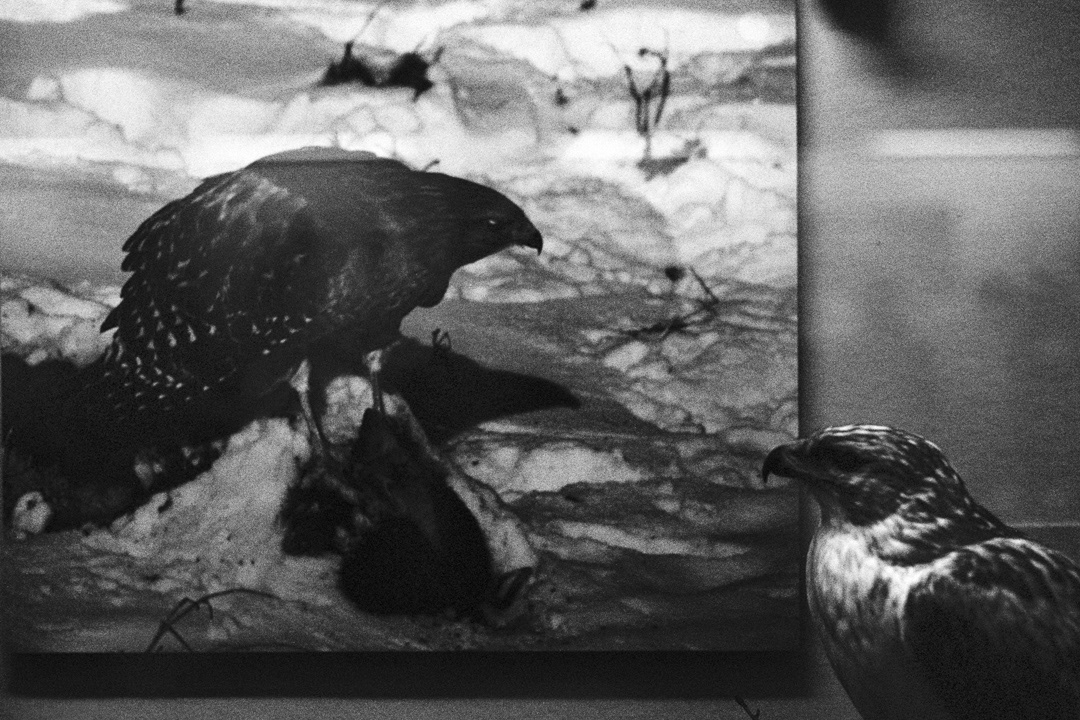
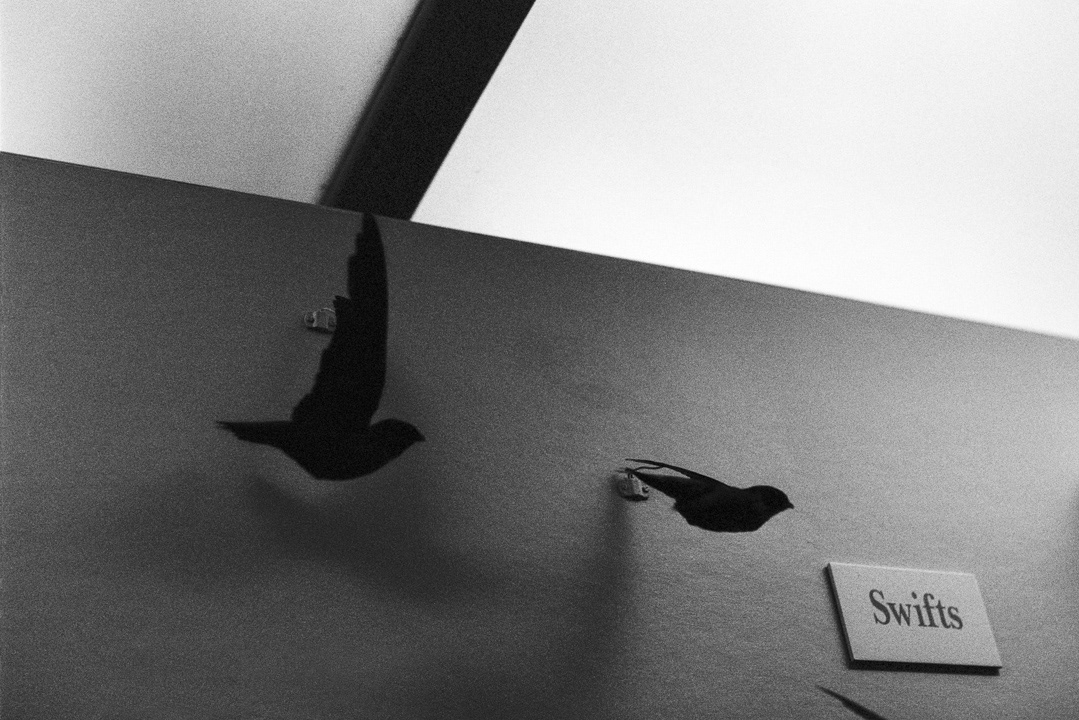



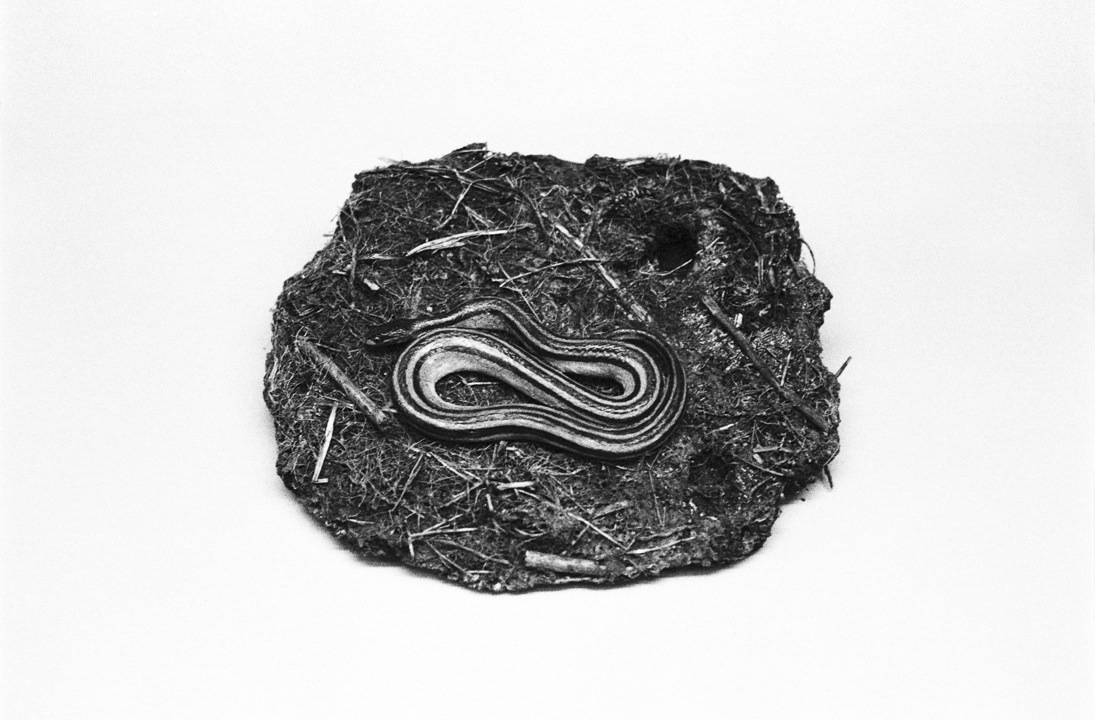

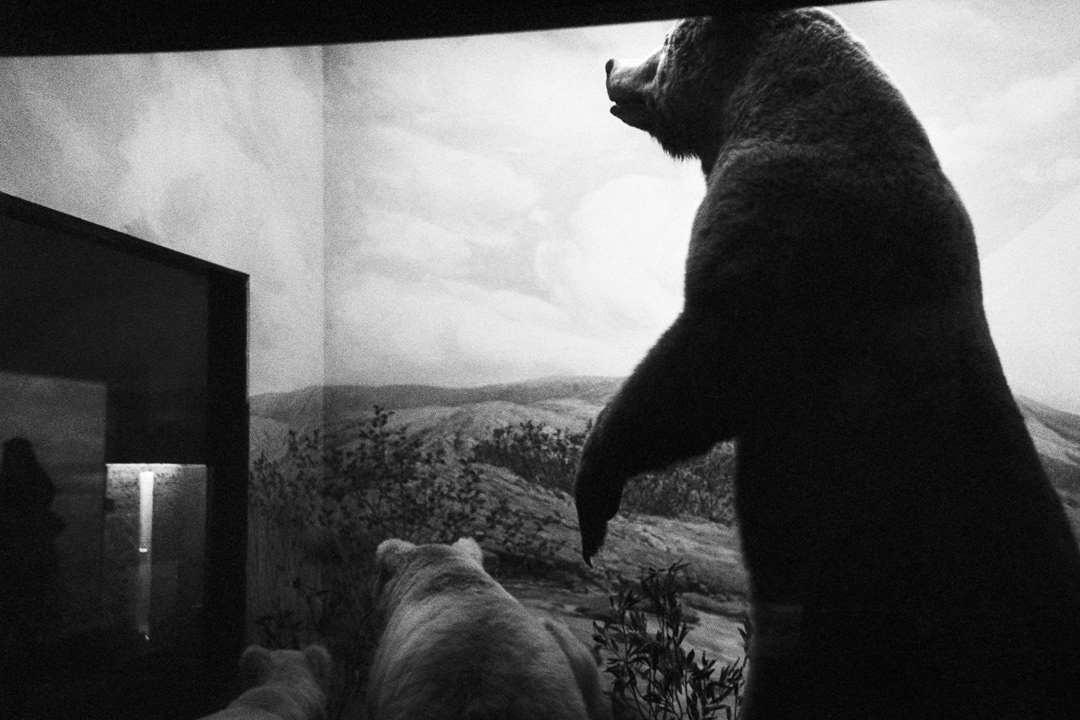







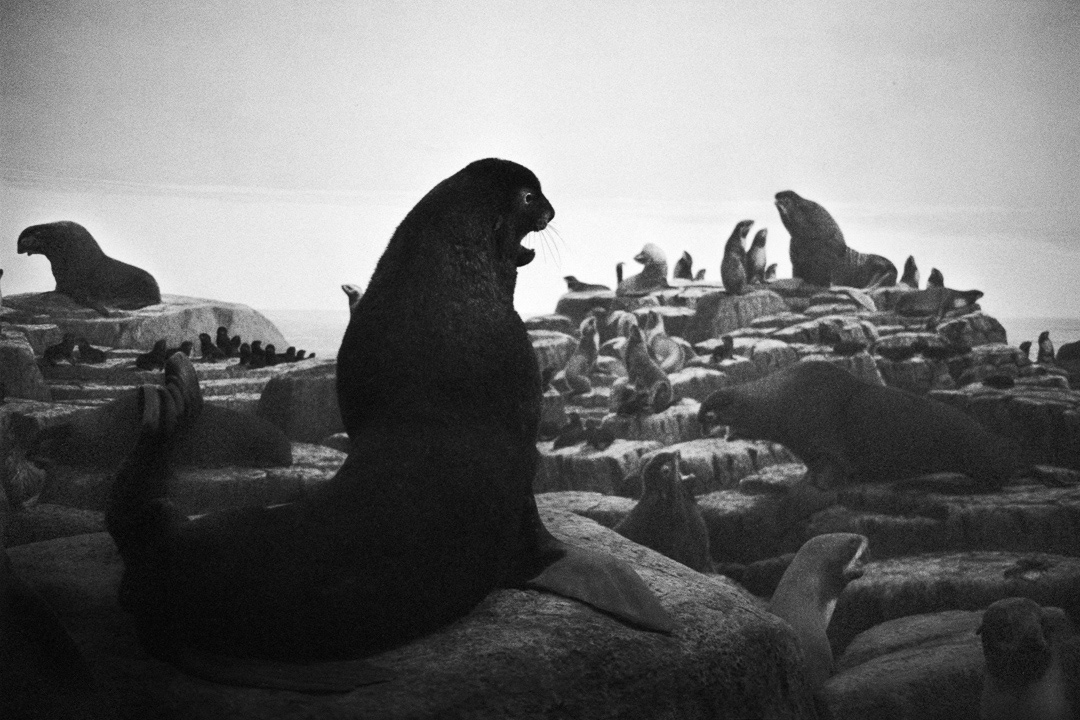

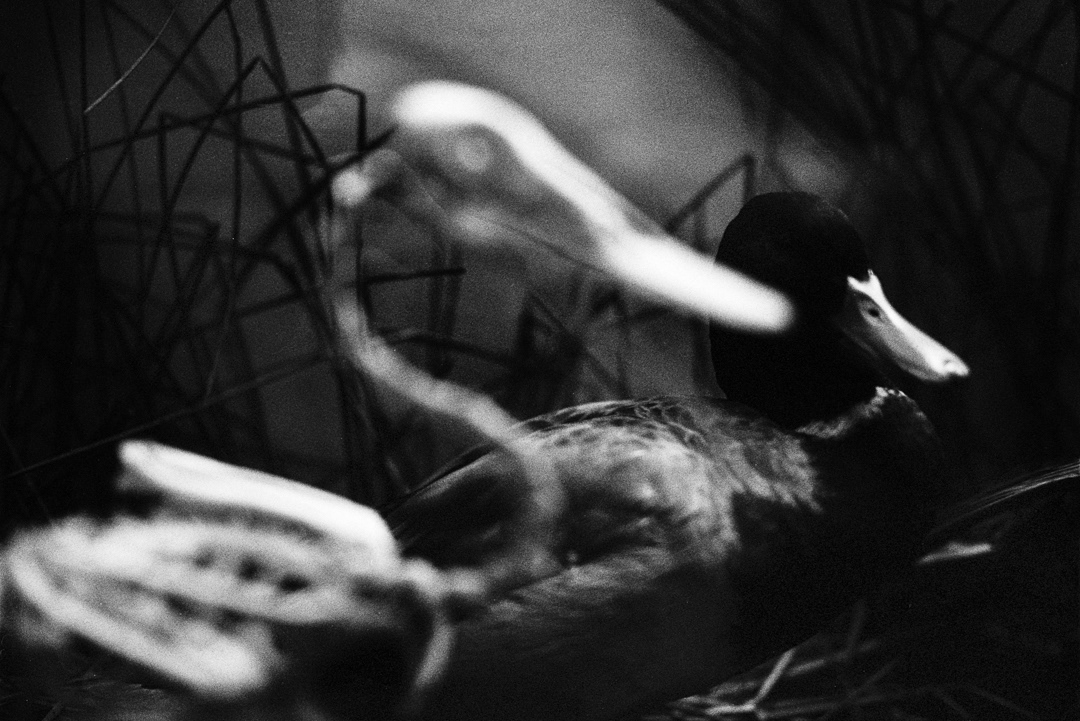

Size: 30.48 cm X 45.72 cm
When I was young, I was always afraid of those animal samples kept in natural museums. Unlike my peers who were just so glad to see those dead animals, I had to admit that sample museums were somehow creepy to me. I always thought it was so dark inside and reeked of a certain weird smell. Those reshaped dead animals were so terrifying. I used to believe in those stories about samples in the museum woke up around midnight and haunted around. Throughout primary school period, I believed that those animals were killed alive and their stomachs were hollowed and filled with things like cotton and straws and their eyes were replaced with glass balls, and that's why they haunted around after death. Even though museum workers explained that most of them died of natural courses or accidents, I always doubted about it.
Of all samples, what impressed me most would be those group samples of animal flocks. Usually they were some individual animals with different sexes and ages arranged together to present a big "family" pattern where the scene with "mother" and "her children" was always so sweet that it attracted lots of visitors. Those individual animals that probably did not have a connection with each other before death were manually stuck together by humankind and positioned behind the museum glasses forever. Besides, those exhibition sets in the hall were exquisitely designed to resemble their habitats, and even the background walls were painted with natural scenes. However these artificial scenes have boundaries, they came to an end at the grass windows or the ceilings. Not a single dust would be able to escape.
People always say that death means "no longer exists in this world". For those samples, however, death means eternal existence. These animals that died long time ago were still "staring" at all the visitors. Although these animals were lifeless, with certain lighting and arrangement, they seem to resume their spirits, and they stay still but never inanimate. Sometimes their erratic shapes remind me of Onmorakis. (In ancientJapanese mythology, the Onmoraki is the ghost created from the spirit of dead corpses.)
小時候我曾經在很長一段時間裡對自然博物館中的動物標本心存恐懼。每當學校或幼兒園組織科普活動,與同齡小朋友的歡快心情不同, 我對去標本館這件事總是懷有不舒服的回憶。當時的我總覺得,那裡陰暗, 而且空氣中總有一種若隱若現的怪異味道。死去的動物被從新塑造的形象令人毛骨悚然。我曾經對諸如半夜博物館裡的標本在午夜會醒過來鬧鬼的小故事深信不疑。我總認為那些動物是被活捉然後殘忍的殺害,內臟被生生挖空然後填滿了棉花稻草一類的東西,兩個眼球則被挖去並換以玻璃珠取而代之,因此而陰魂不散。雖然博物館工作人員科普這些標本大多都是病死或者意外死亡的動物製成,但對此我一直將信將疑。
所有的標本中,給我印象最深的就是展示動物“族群”的群體場景,往往是幾隻公母,長幼不同的個體被安放在一起擺出一個大家庭的形態,其中母親和幼崽的溫馨場面常常令參觀者駐足。這些生前互不相識的個體因為各種意外而在死後被人類挑選、匯集在一起,永恆的站立在幾平方米的玻璃展廳中。展廳中的“底座”會被精心的佈置成模仿其棲息地的形態,就連背景牆也被刷成自然風景畫。在狹小的空間中這些虛假的場景有著非常明顯的分界線,遇到展館的玻璃窗或者天花板以後就嘎然而止,連一粒灰塵也無法衝出邊界的阻隔。
人們常說死亡就是“不存在於這個世界”,但是對於這些標本而言,死亡便是其永恆的存在。這些早已死去的動物以一種永恆的眼光注視著所有的來訪者。這些死者雖然沒有了生氣。但是在一定的光線和角度下,它們會被重新找回其“精神”,雖靜止但不死滯,猶如幻靈一般。
所有的標本中,給我印象最深的就是展示動物“族群”的群體場景,往往是幾隻公母,長幼不同的個體被安放在一起擺出一個大家庭的形態,其中母親和幼崽的溫馨場面常常令參觀者駐足。這些生前互不相識的個體因為各種意外而在死後被人類挑選、匯集在一起,永恆的站立在幾平方米的玻璃展廳中。展廳中的“底座”會被精心的佈置成模仿其棲息地的形態,就連背景牆也被刷成自然風景畫。在狹小的空間中這些虛假的場景有著非常明顯的分界線,遇到展館的玻璃窗或者天花板以後就嘎然而止,連一粒灰塵也無法衝出邊界的阻隔。
人們常說死亡就是“不存在於這個世界”,但是對於這些標本而言,死亡便是其永恆的存在。這些早已死去的動物以一種永恆的眼光注視著所有的來訪者。這些死者雖然沒有了生氣。但是在一定的光線和角度下,它們會被重新找回其“精神”,雖靜止但不死滯,猶如幻靈一般。